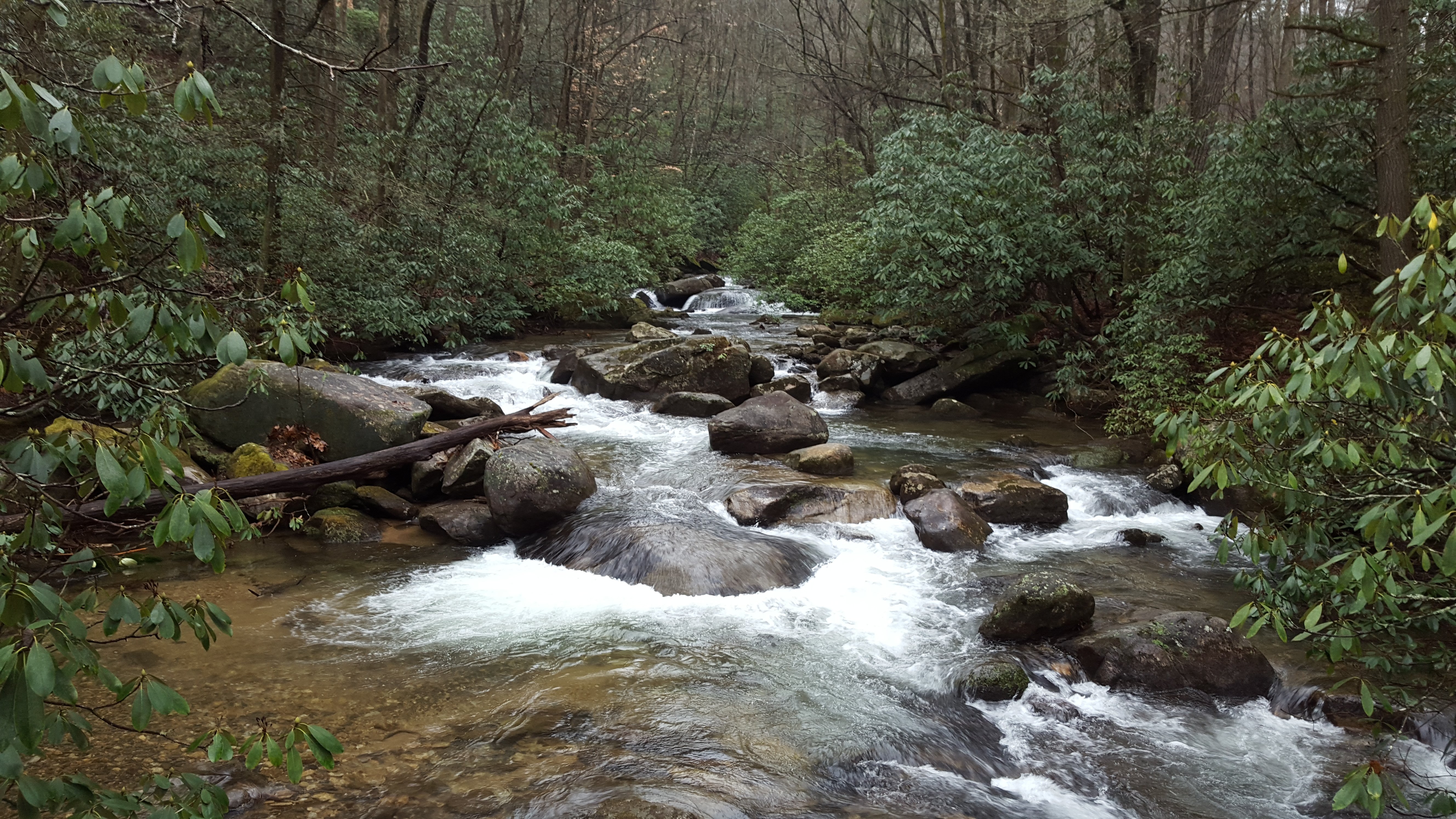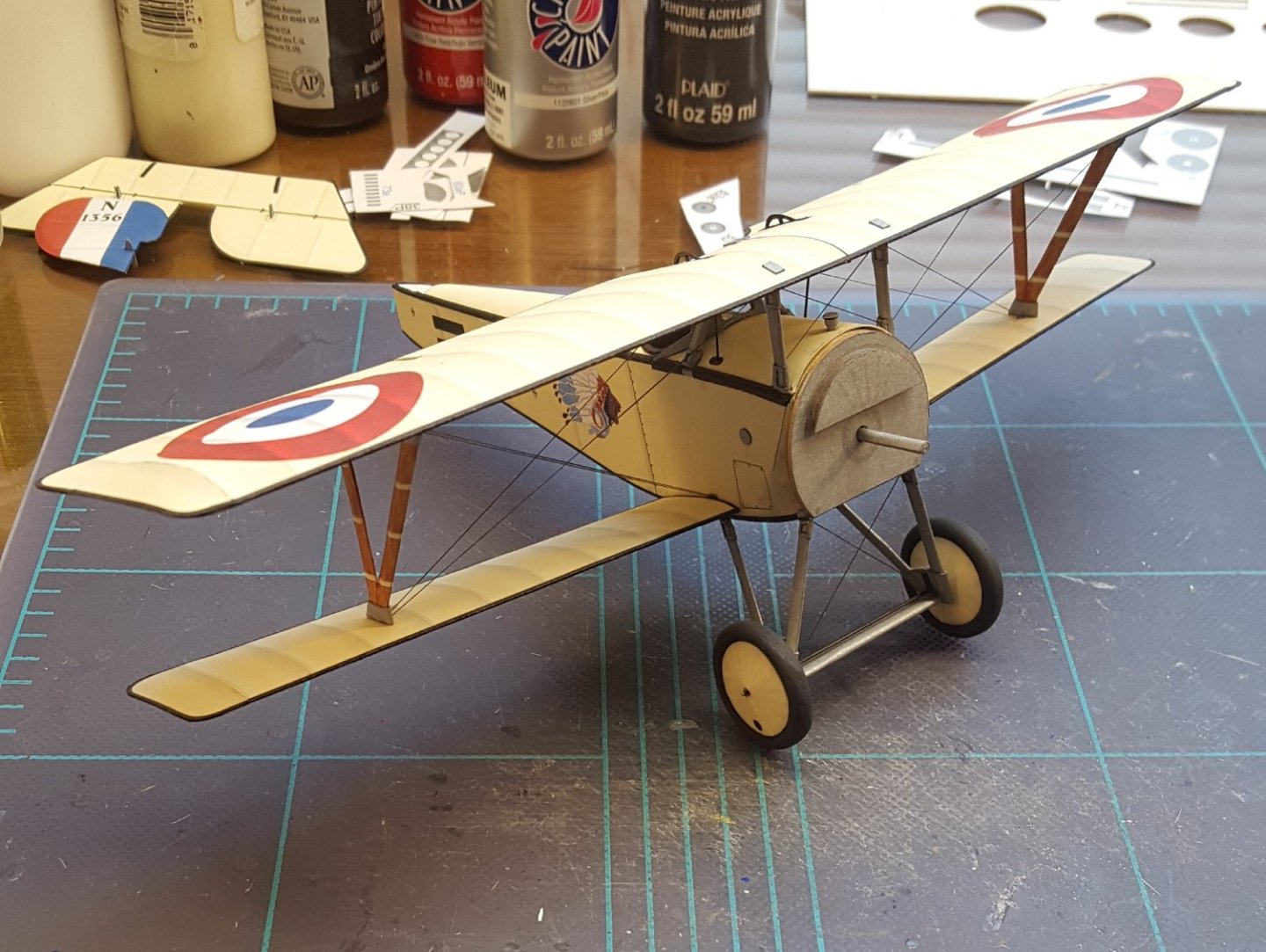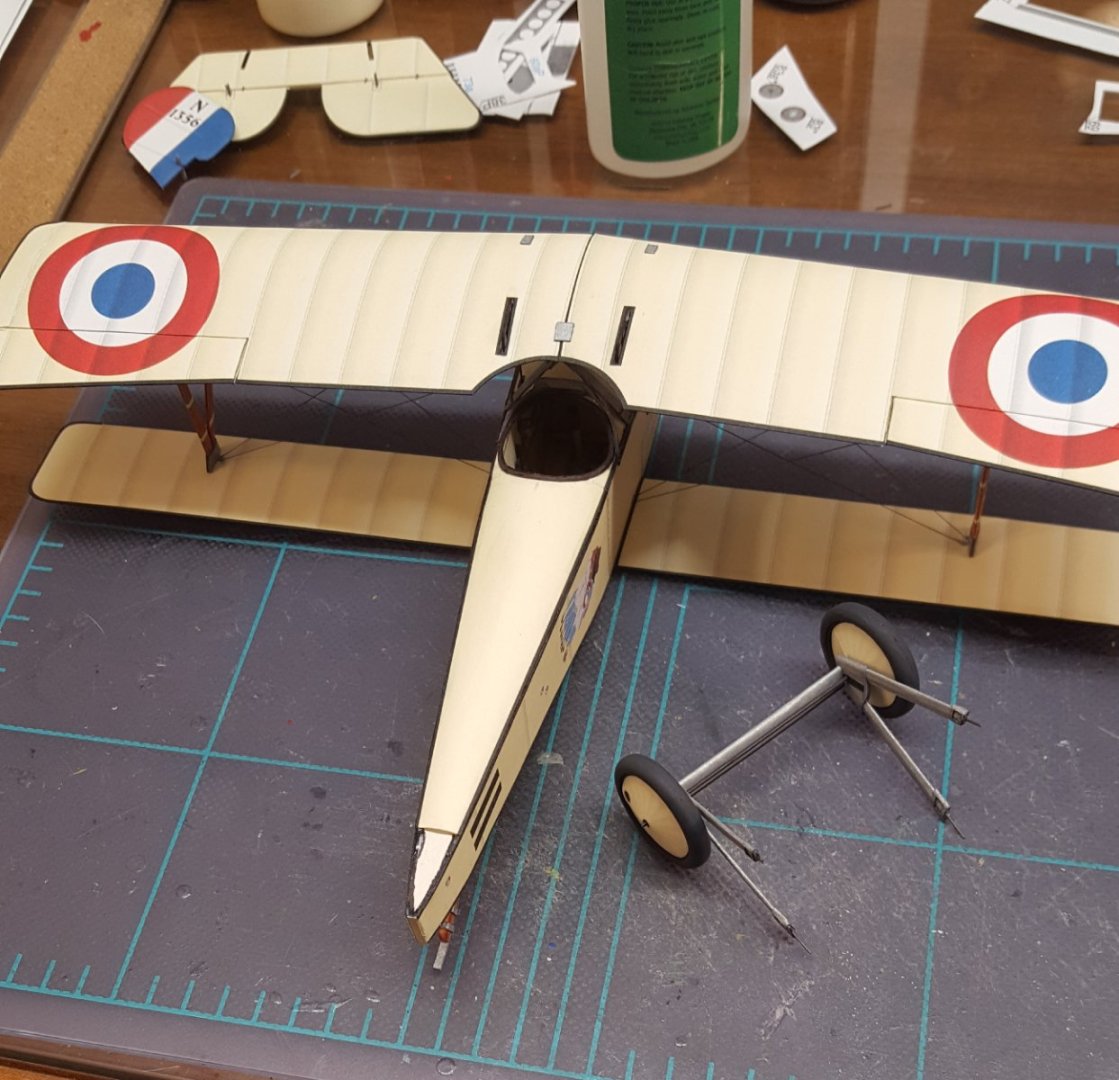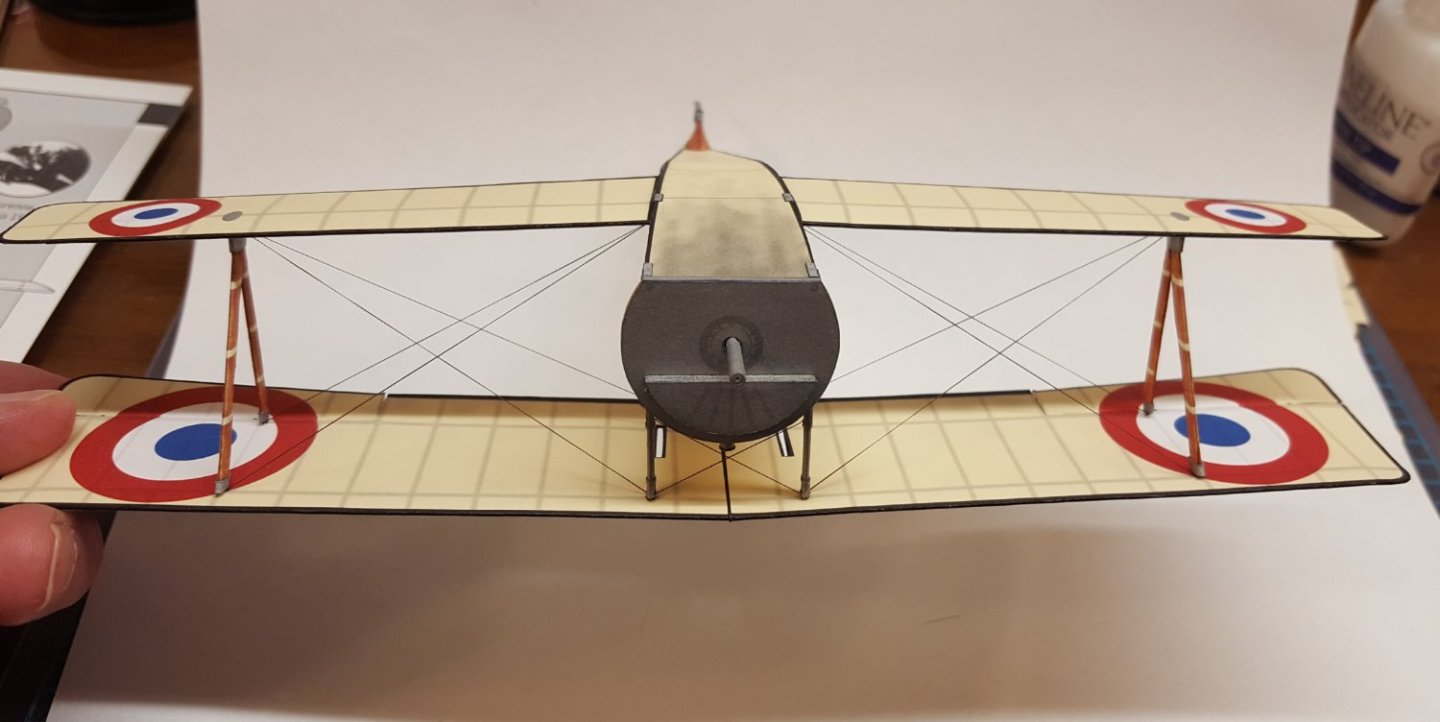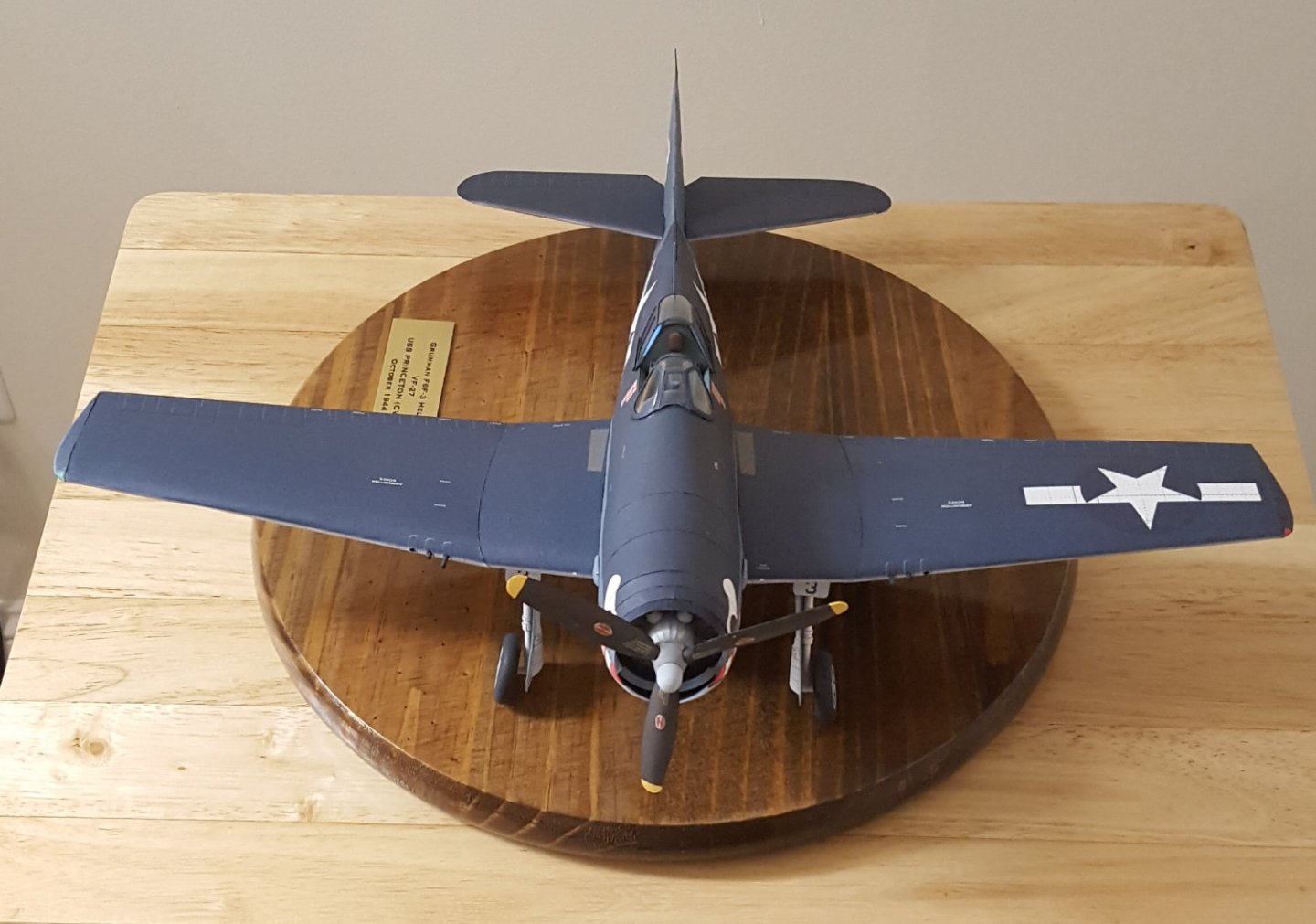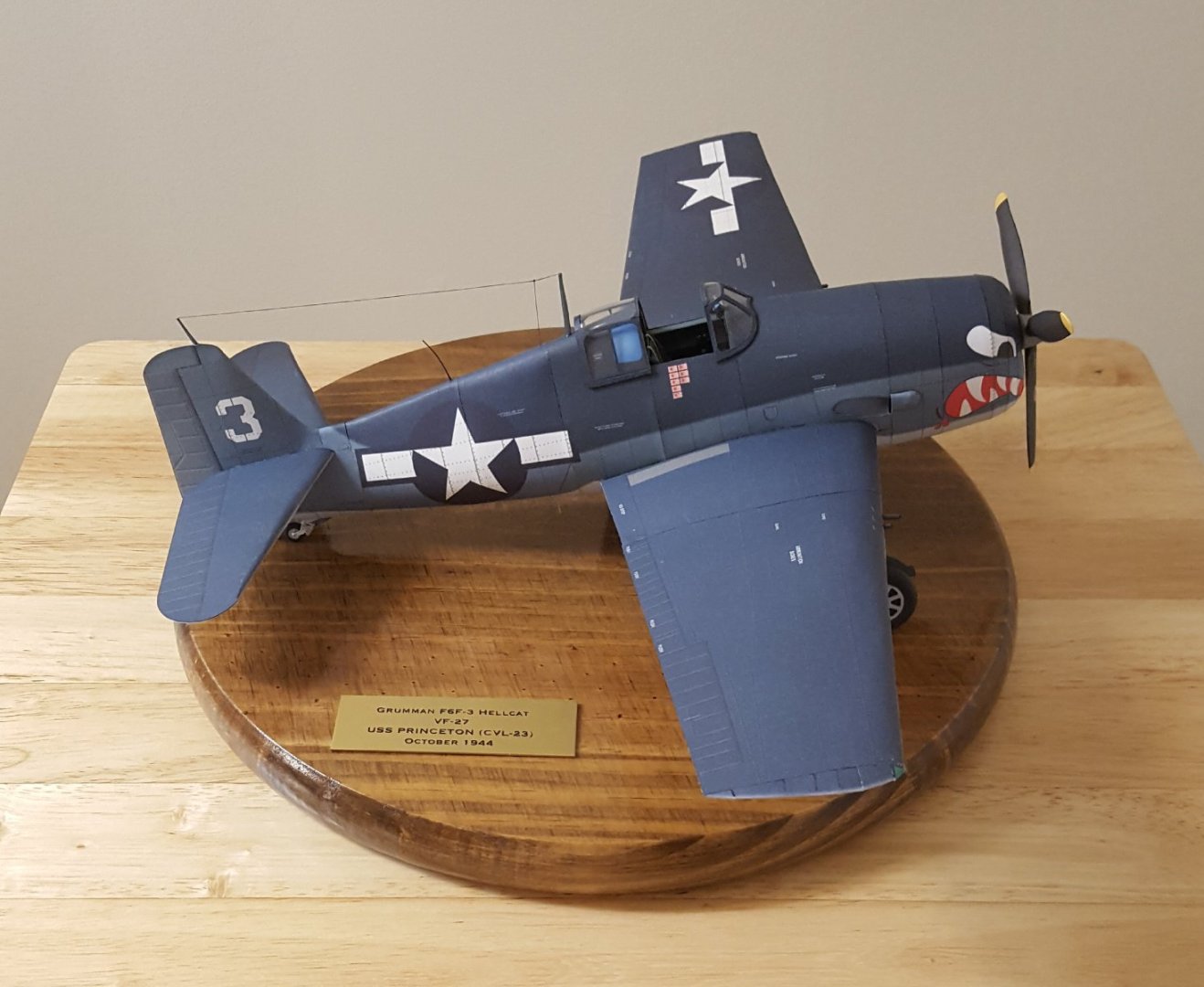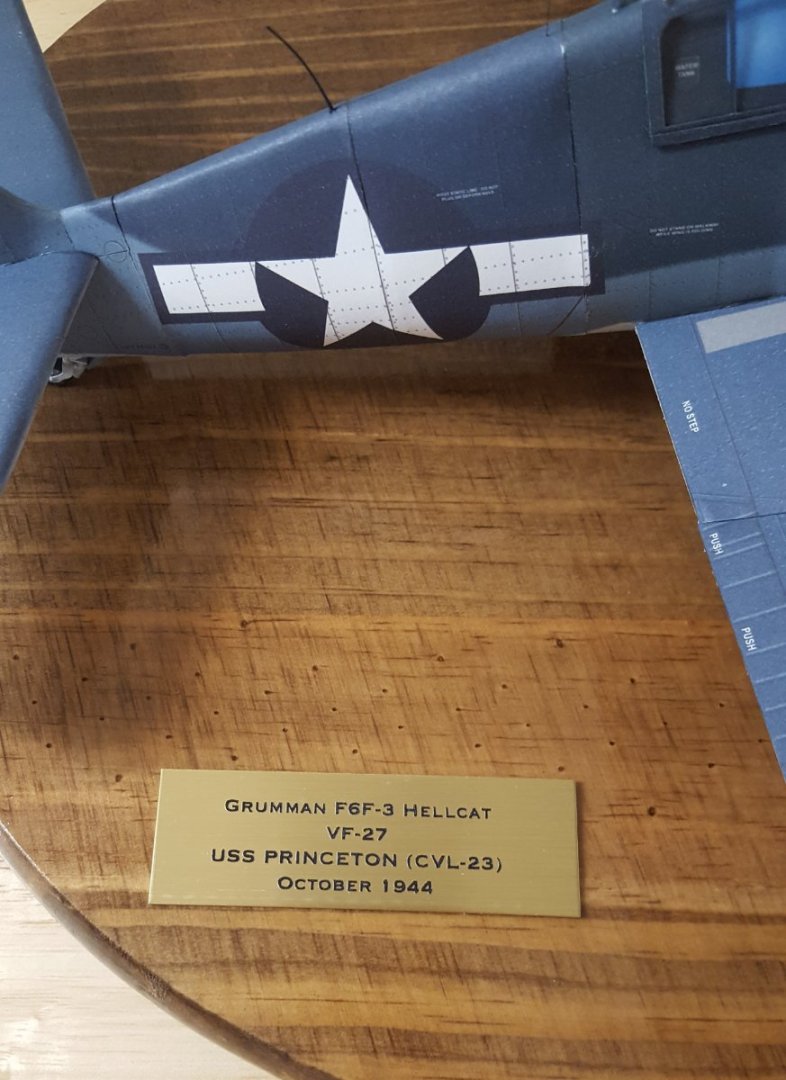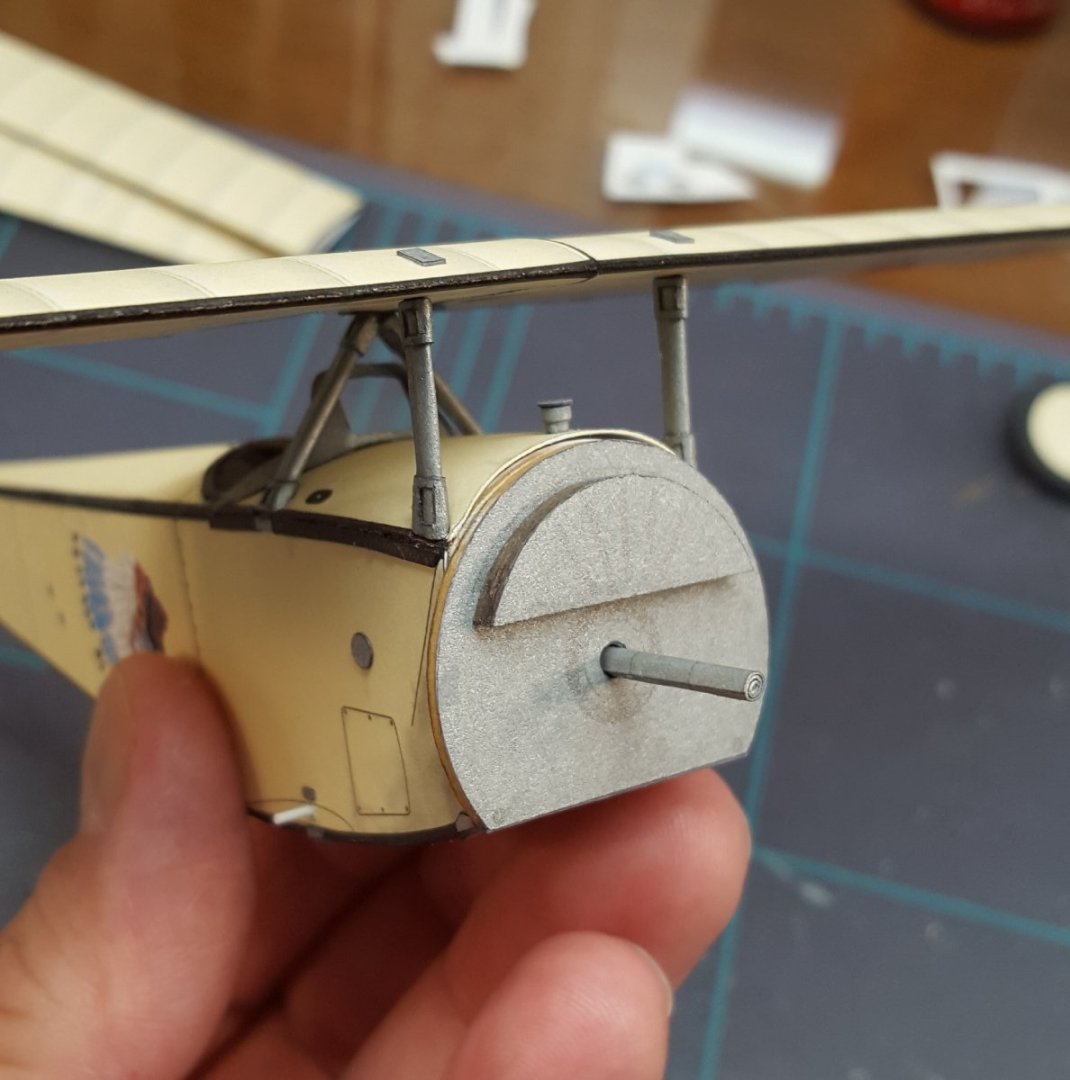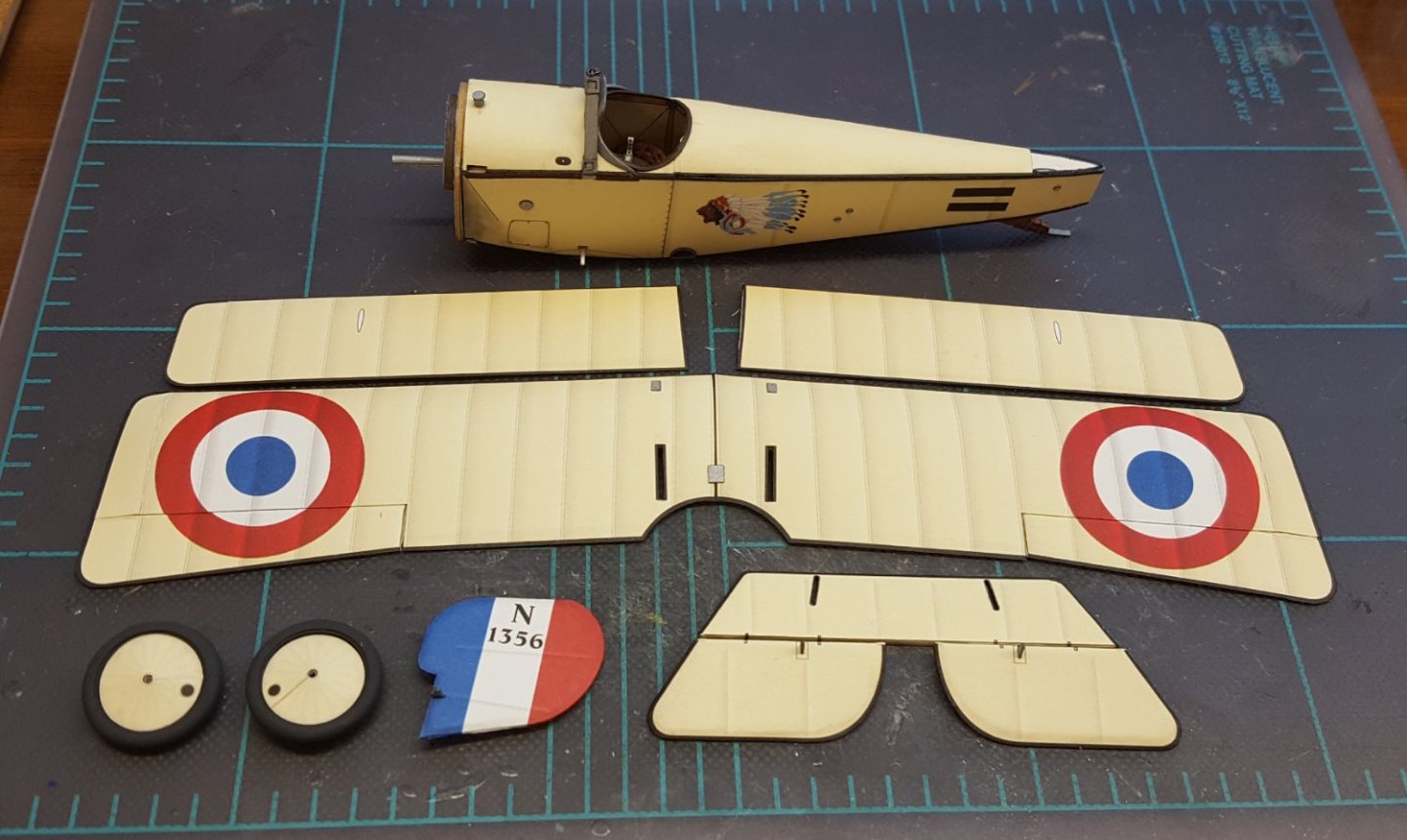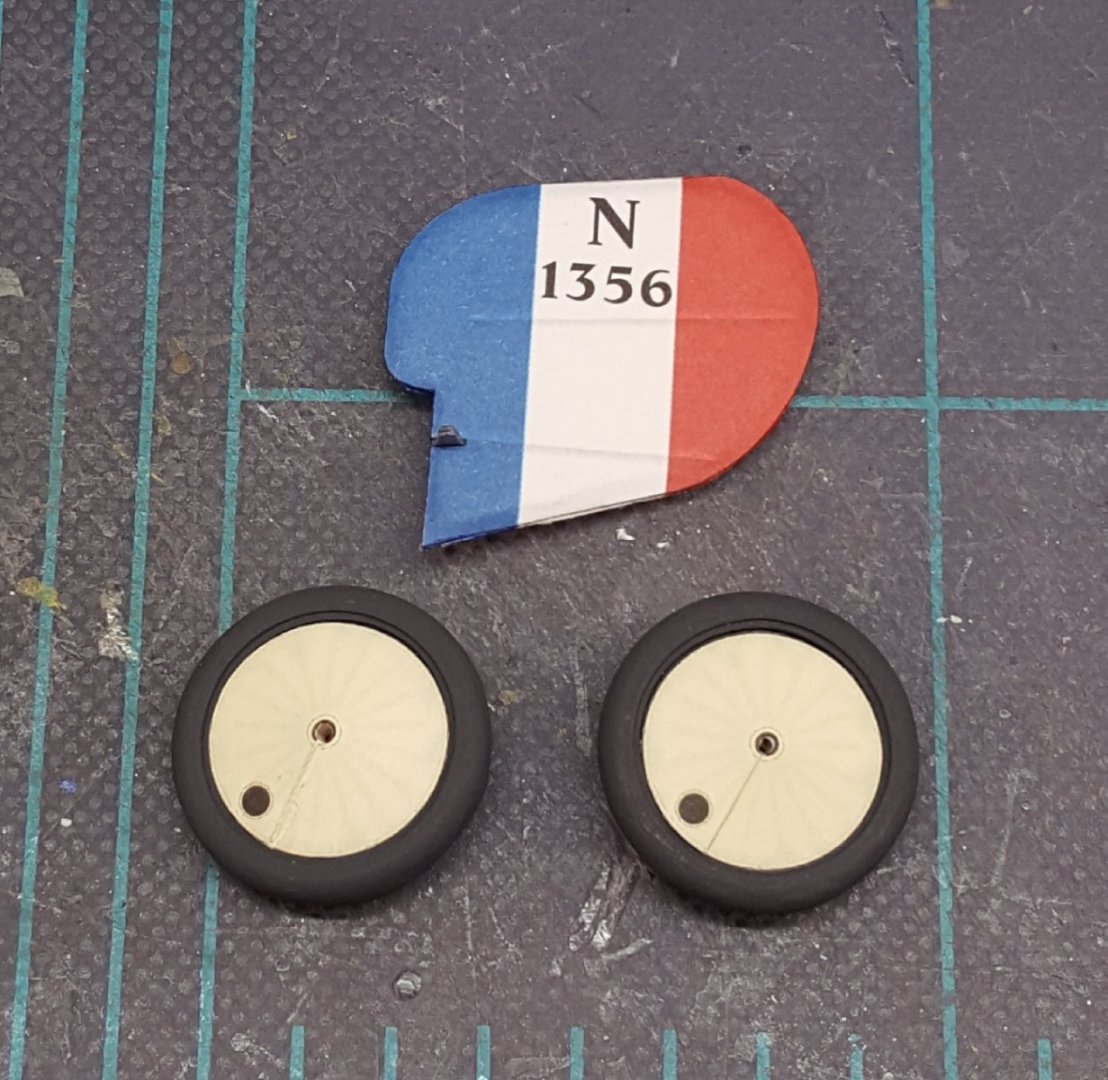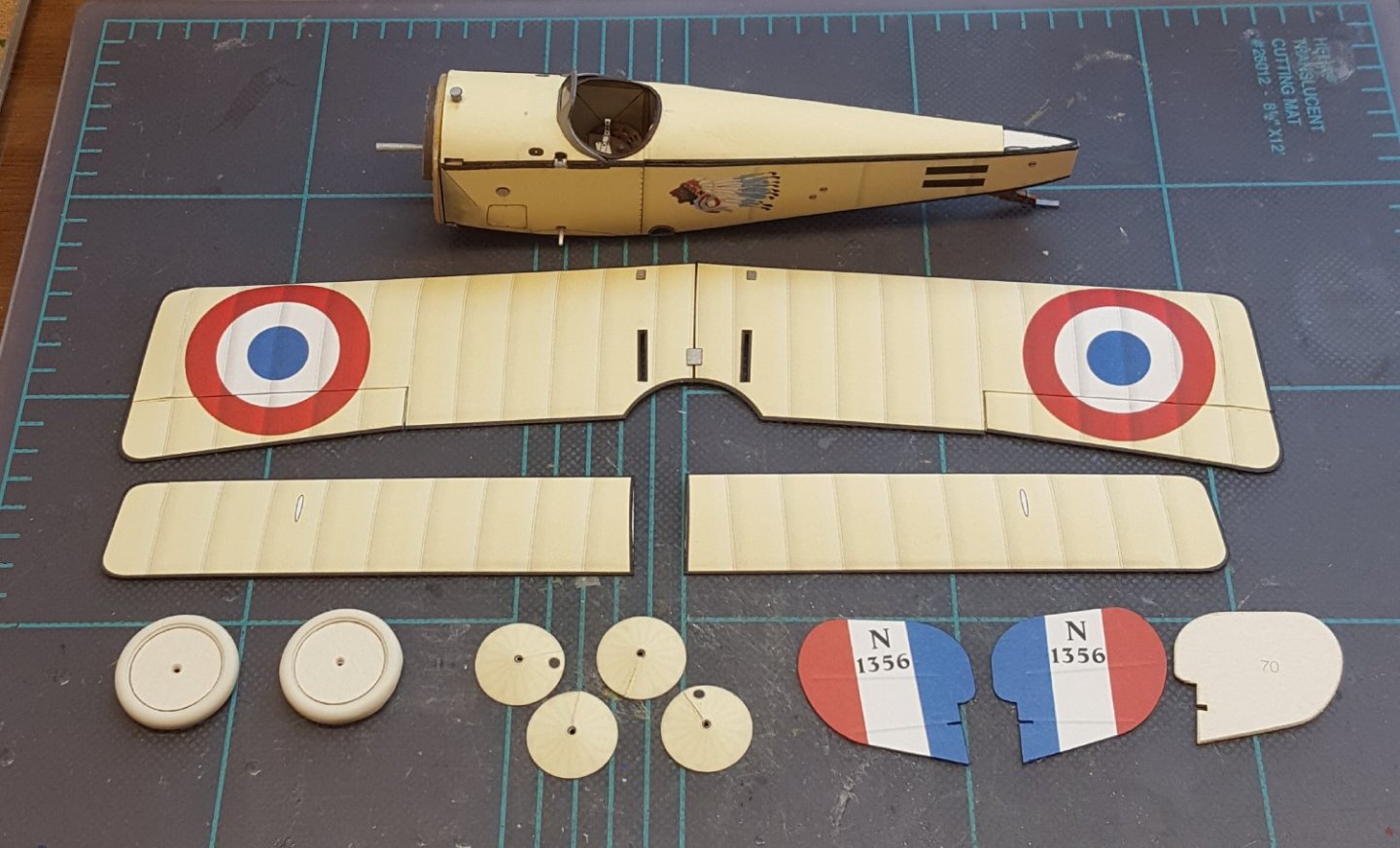-
Posts
10,350 -
Joined
-
Last visited
Content Type
Profiles
Forums
Gallery
Events
Everything posted by ccoyle
-
The landing gear are now complete and sitting overnight to dry thoroughly. I will rig the bracing between the struts before attaching the gear to the fuselage. In the background you can see the completed horizontal stabilizer -- the empennage will go on after the gear have been attached, because I still have to turn the model upside down to do some work.
-
I know, I know. I'm getting too accustomed to spending $20-30 for a complete airplane combo (kit, frames, canopy). But it is something compared to a typical card kit. But -- it is an extremely nice kit and accessories, and that much is certain. I'm gonna have to try one someday.
-
You must have gotten me confused with another staffer. I don't handle NRG issues.
- 179 replies
-
- Second Build
- Pinta
-
(and 2 more)
Tagged with:
-
We have two finished build logs for this kit which you will find listed here. Perhaps these will serve the purpose?
-
Welcome aboard, John! Those are popular kits, and we have numerous finished examples here in both the gallery and build logs section to inspire and help you through your projects. Cheers!
-
Yeah, those are a new thing. I just read about them yesterday in my FB feed. They also sell separate sets for blocks, yards, and sails (with an additional set for studding sails). The blocks set is the one that will put a dent in your wallet, and if one buys all of the available detail sets, the total price really ain't cheap -- but at least it's an option.
-
I should clarify. It doesn't grab well when under tension, so I can't anchor one end and then attach the other with canopy glue. But it does work well when attaching the first, non-tensioned end. It takes only a minute or so to set, but I usually brush a little bit extra onto the joint as a precaution and then let it set for several minutes while I work on something else.
-
Interplane struts, bracing wires, and top wing added. The bracing wire is done with EZ-Line, an elastic polymer that was originally designed for model railroaders to replicate utility lines. EZ-Line's saving grace is that you can glue one end, cut it just shy of the other attachment point, then stretch it to make the connection, after which it stays "taut" without actually exerting much tension force anywhere. Its downside is that it is very fussy about glues. I often have a devil of a time trying to get it to pick up just a tiny drop of CA to make a bond -- it just doesn't adhere well. Fortuitously, I discovered that, yet again, Evergreen Canopy Glue works well for the task. So, I have been using Evergreen for point-to-point connections and CA wherever I can wrap the line around its attachment point. For this construction sequence, I first glued the V-struts to their lower wings, then glued the lower wings to the fuselage. Next I added all of the interplane bracing, which is a much easier method (though not entirely pain-free) than doing it after the top wing is on. Once all the bracing was done, the top wing was added and voila!
-
I'm finding that canopy glue has many useful qualities for card models -- grabs quick, dries clear, and can be touched up with a damp brush or fingertip. The one fault I find is that it remains somewhat flexible after curing, so it is not entirely suitable for joints that require rigid connections. I used to use thinned PVA quite a bit, applied with a brush (messy!), but I've really taken a shine to using the canopy glue and applicator.
-
Probably have more collector value. How much more I can't say.
-
Check out the finished build logs here.
About us
Modelshipworld - Advancing Ship Modeling through Research
SSL Secured
Your security is important for us so this Website is SSL-Secured
NRG Mailing Address
Nautical Research Guild
237 South Lincoln Street
Westmont IL, 60559-1917
Model Ship World ® and the MSW logo are Registered Trademarks, and belong to the Nautical Research Guild (United States Patent and Trademark Office: No. 6,929,264 & No. 6,929,274, registered Dec. 20, 2022)
Helpful Links
About the NRG
If you enjoy building ship models that are historically accurate as well as beautiful, then The Nautical Research Guild (NRG) is just right for you.
The Guild is a non-profit educational organization whose mission is to “Advance Ship Modeling Through Research”. We provide support to our members in their efforts to raise the quality of their model ships.
The Nautical Research Guild has published our world-renowned quarterly magazine, The Nautical Research Journal, since 1955. The pages of the Journal are full of articles by accomplished ship modelers who show you how they create those exquisite details on their models, and by maritime historians who show you the correct details to build. The Journal is available in both print and digital editions. Go to the NRG web site (www.thenrg.org) to download a complimentary digital copy of the Journal. The NRG also publishes plan sets, books and compilations of back issues of the Journal and the former Ships in Scale and Model Ship Builder magazines.

